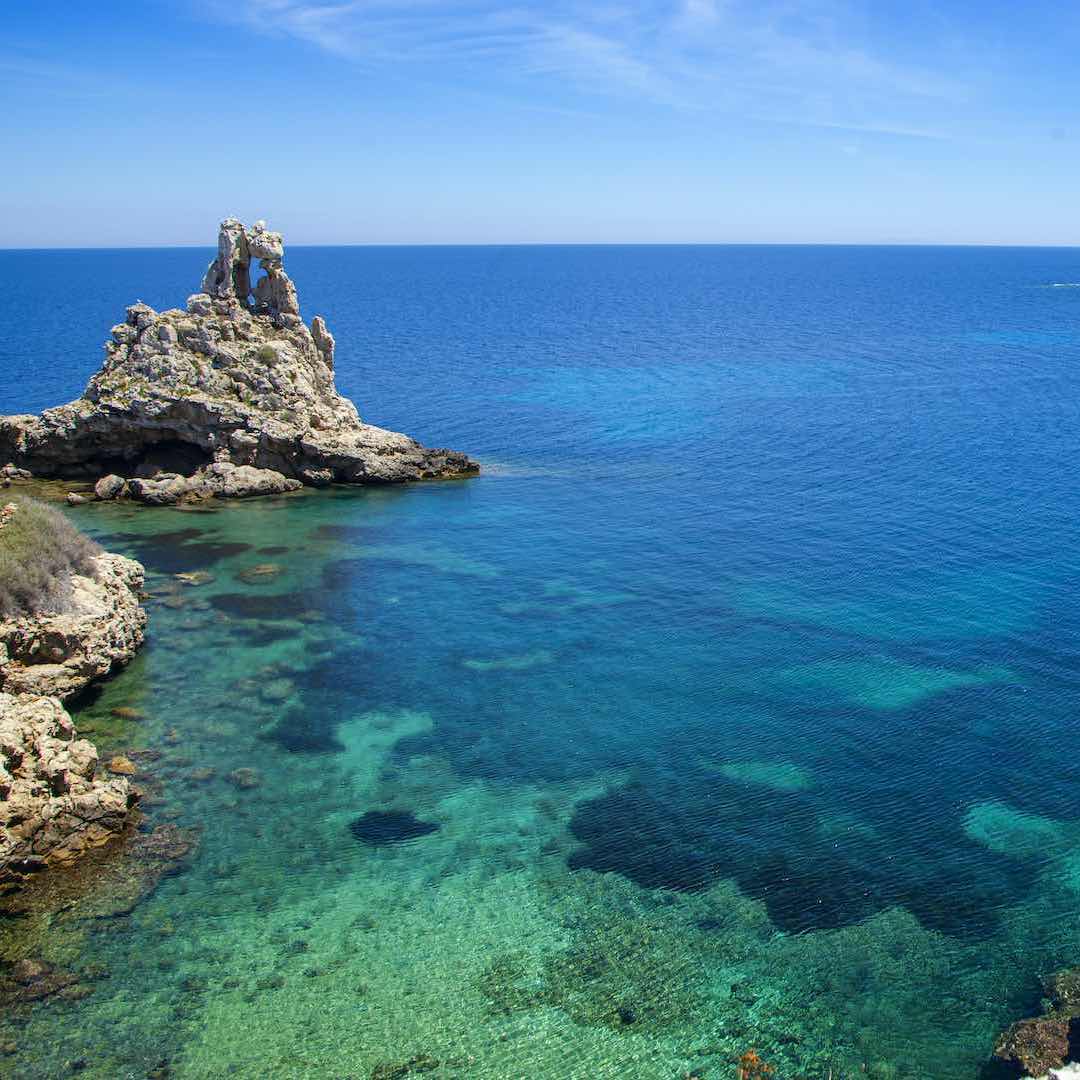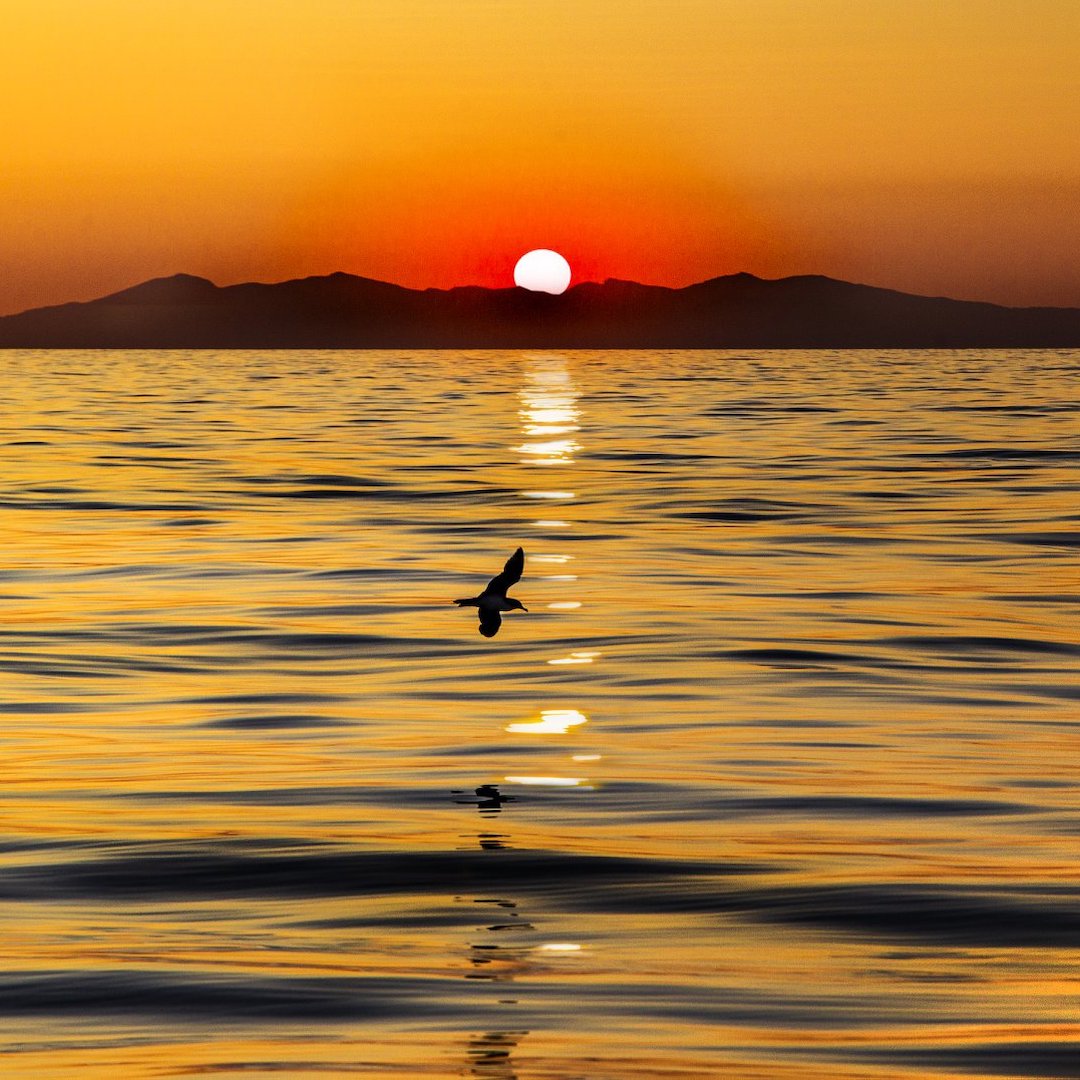Isola d’Elba, Pianosa and Montecristo
Elba is the largest island of the Archipelago, and the third largest in Italy. Too big to be small, too small to be big. This is Elba in figures: 86.4 mi², 7 towns, 32,000 inhabitants, over 100 beaches, a mountain higher than 3,280 ft, luxuriant woods, scented Mediterranean chaparral, iron mines, romantic little churches, medieval boroughs, Renaissance forts and fortresses, imperial mansions. It is difficult to describe it in just few words without paying justice to its essence and ‘complexity’. Its multifaceted natural history makes it unique. It is a geologists’ paradise; its minerals and rocks are displayed in museums the world over. Its natural and cultural heritage deserves to be enhanced in a more comprehensive way. Here visitors have twelve months at their disposal to choose the journey that best fits their desires: all sorts of sports and leisure activities connected with sea life, over 350 miles of trails for spectacular excursions, trekking and mountain bike experiences of all levels and difficulty, or kayak experiences along the coastline; a wide range of natural history across the various parts of the Island that is reflected in local customs and traditions, not least eno-gastronomic traditions. Each village, from the oceanfront to the hills, has a story of its own to tell for a continuous discovery, thanks to Roman and Etruscan archaeological remains and its architecture, from the Middle Ages to the 19th century passing through the glorious Renaissance.
If you want to know more visit Portfolio or Rossella Celebrini Events’ Blog.
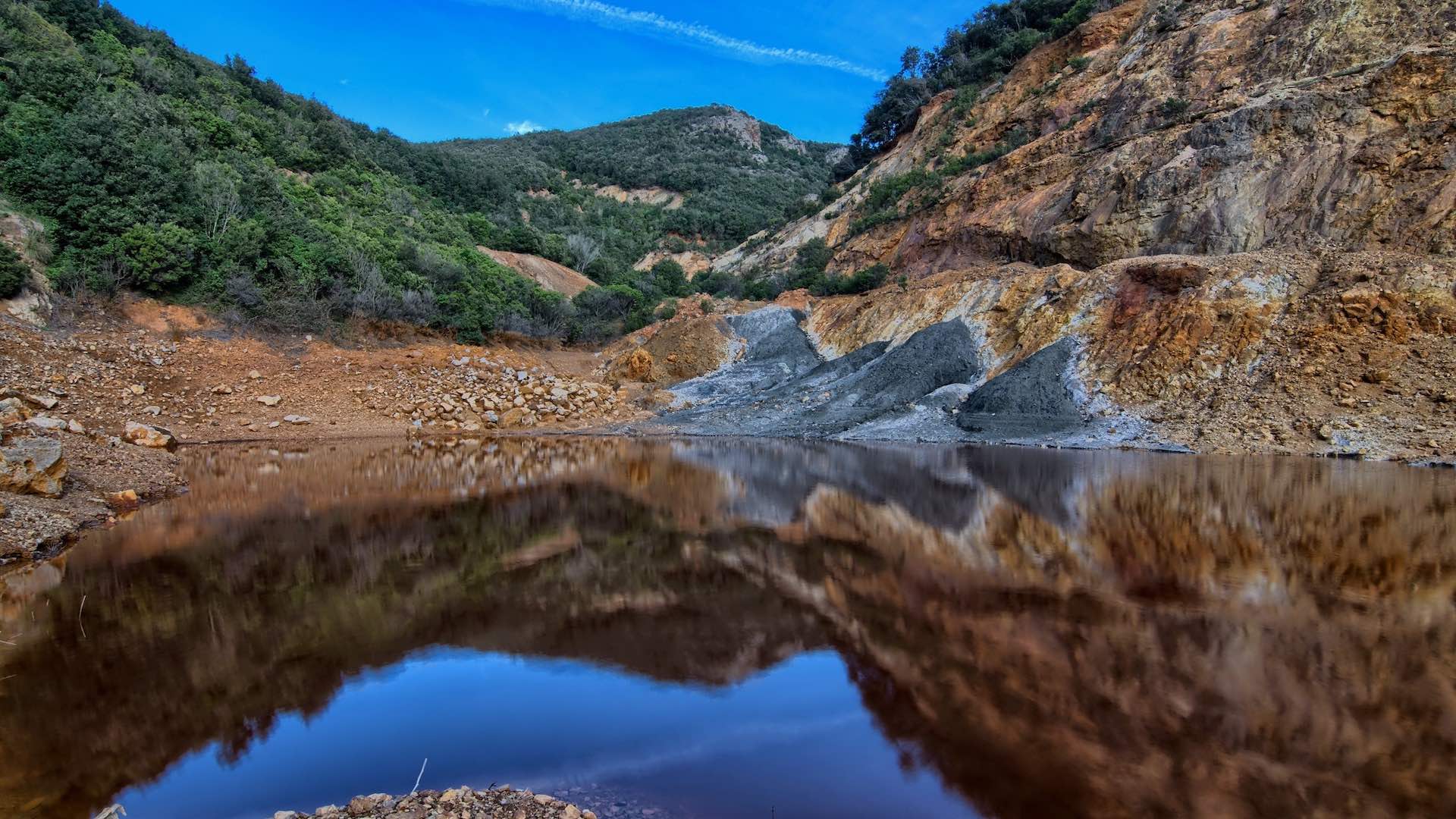
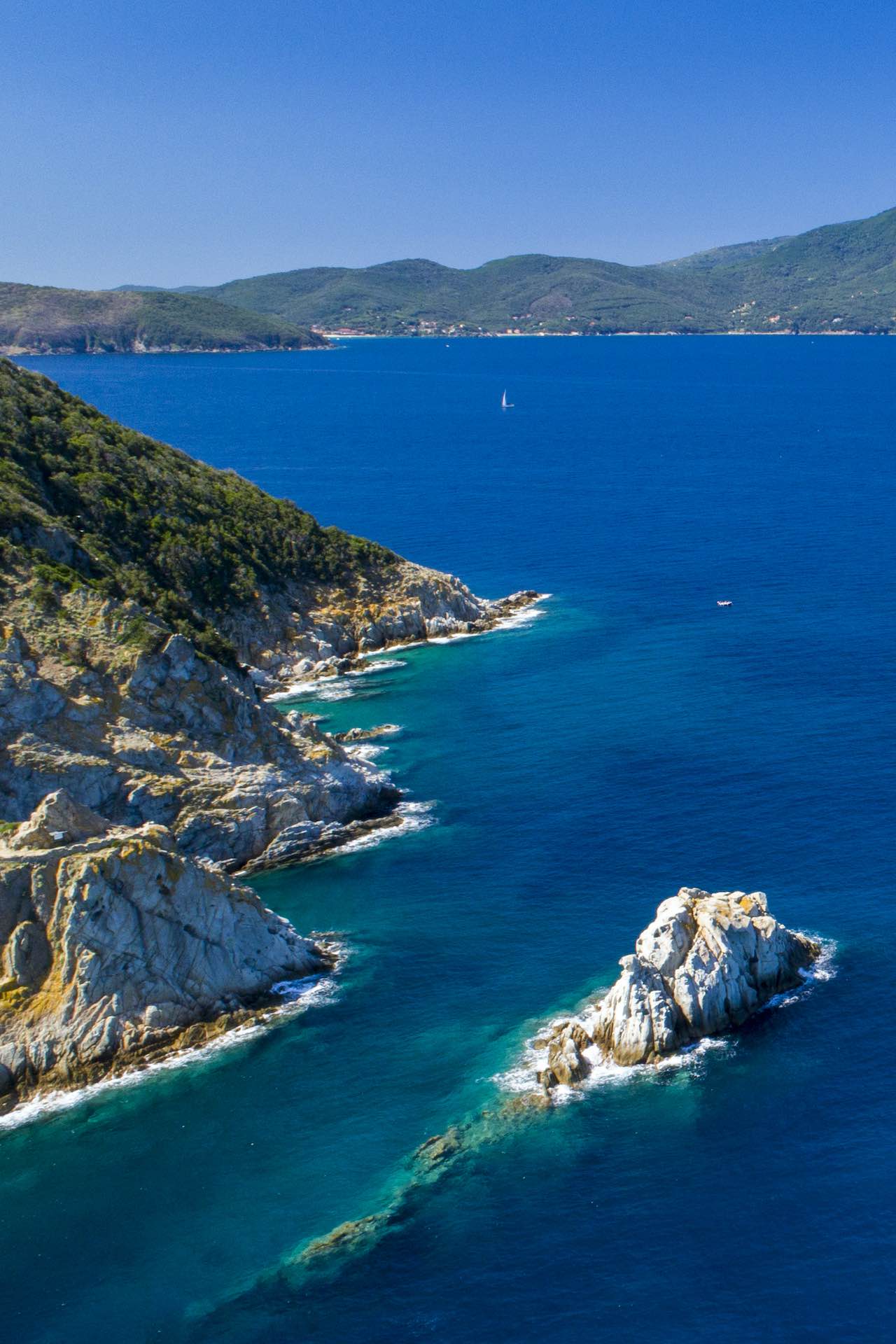
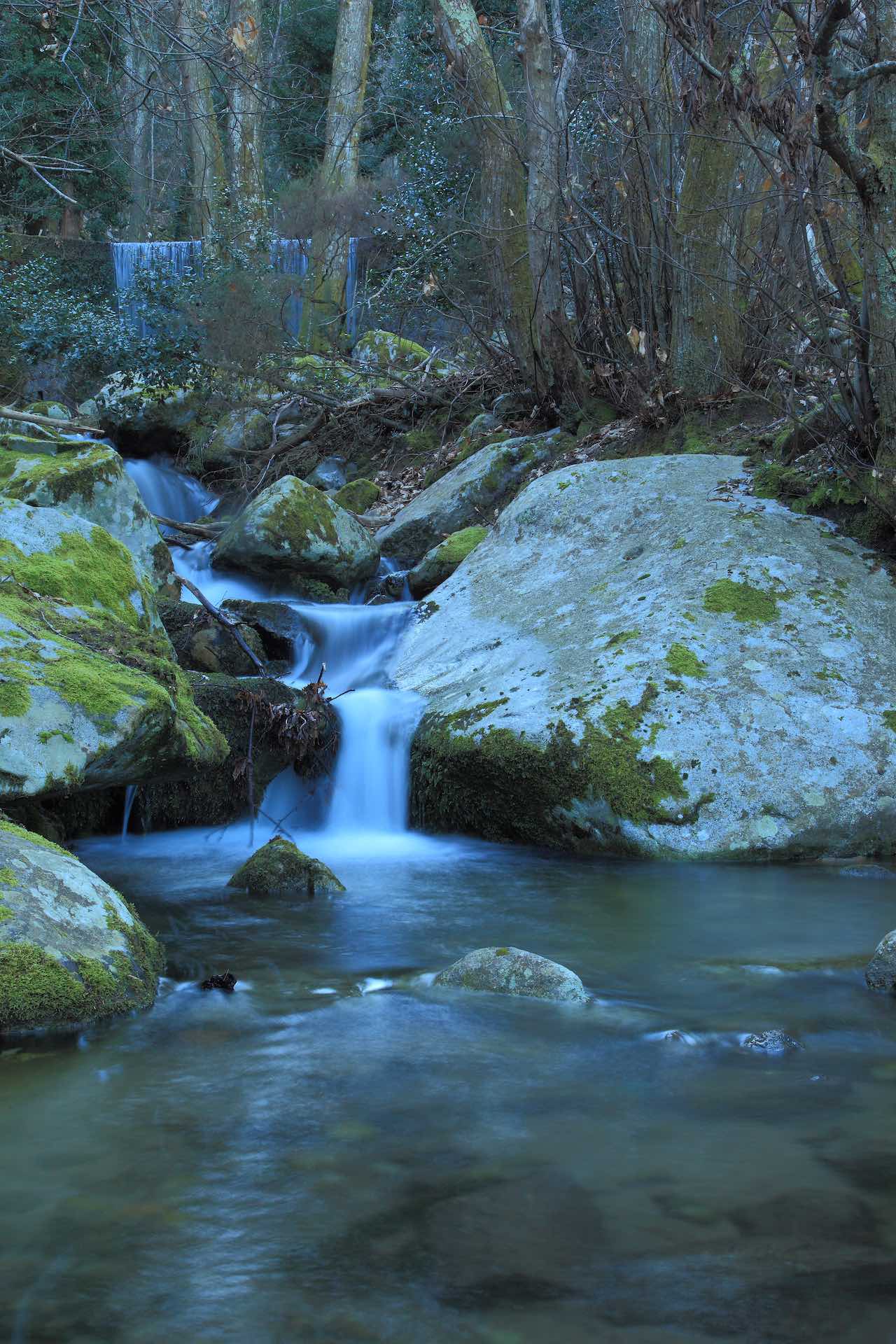
An Island that truly stemmed from the intertwining of history, nature and human labor, expressing different canons of beauty. An experience perceived in all of the Islands of “Our Sea”, the Tyrrhenian Sea, although here perhaps more strongly. The small village, now uninhabited, is vaguely reminiscent of mining centers once filled with life; its architecture exalts human fantasy with its crenellated towers, its rounded domes, the ancient pier, the ‘most beautiful in the world’. Pianosa is the Island of ‘confinement’; a large platform of white calcareous origin that mirrors into a turquoise blue sea, where the early Christians sought refuge from persecution and excavated about two miles of catacombs. Marcus Agrippa, one of the successors to the Roman Empire, was confined here by Augustus; a ‘golden’ exile, in truth, spent in his sumptuous oceanfront villa, where he was later assassinated. Here the opponents to the fascist regime were imprisoned. The rhythms of the jail marked the life of the small resident community until 1996. It is possible to visit the Island on guided tours and excursions organized by the National Park. It is at dusk, though, when the small ferry leaves the flat island, that darkness and silence take the helm, offering thrilling and contrasting emotions. Riding on a bike along the unpaved roads, you reach the old prison and the farm annexed to it where the convicts worked. You smell the ‘perfume of the ocean’; a mix of the fascination of Sardinia, the transparencies of Greek islands, the atolls of the Pacific. This is the distinct perfume of Pianosa; it is the sea that wants to wet you with its blue water, the silence that wants to cradle you under a starry sky, nature that you breathe with every step. It’s the history of man that tells of ancient joys and sorrows.
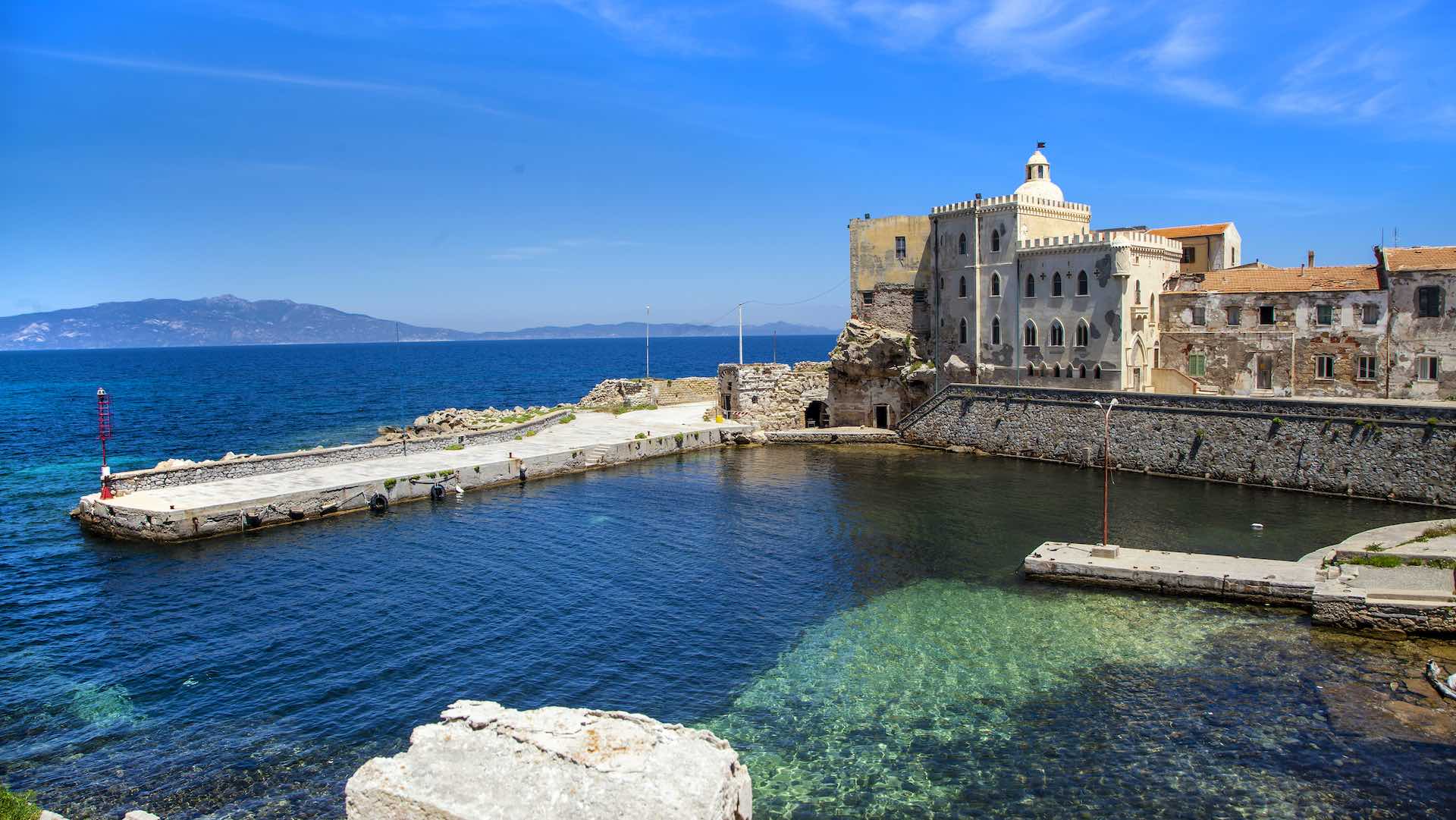
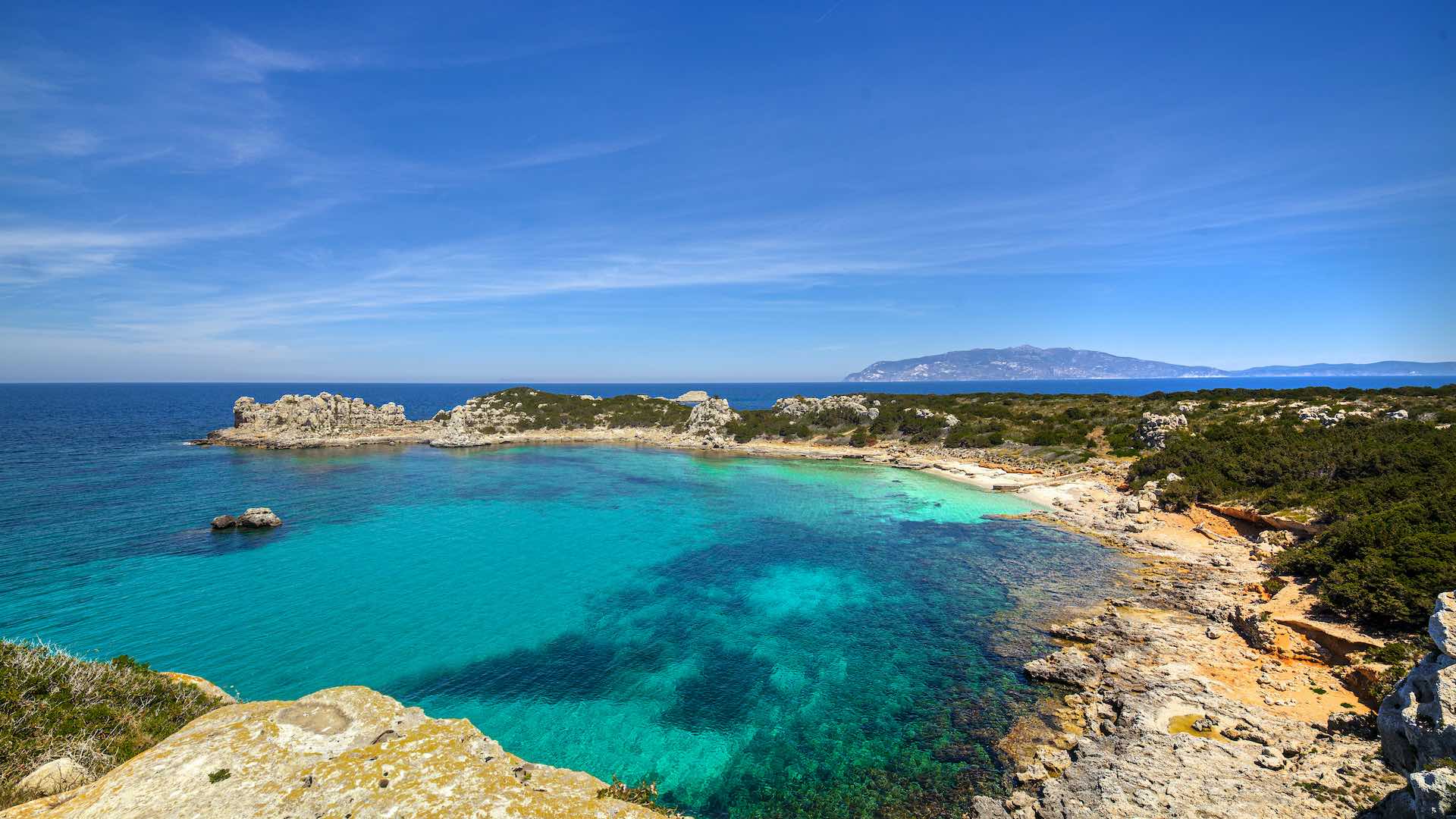
The most difficult of the Islands to reach because of its single inlet for mooring; a white granite shore and then only hills. Those who want to do a trekking excursion here require good training. Once on the Island, a profound sense of isolation and detachment from real life is pervasive. The Island is in fact uninhabited and has no electric power, vehicles, shops, or people. Only the sounds of nature disrupt the silence of this place – wind, waves, sea birds and goats. Montecristo cannot be visited freely, only by way of guided tours organized by the Tuscan Archipelago National Park. A maximum of 1,600 visitors are allowed per year. A place where nature is not oppressed by man, or concrete and traffic; a place where nature reigns supreme.
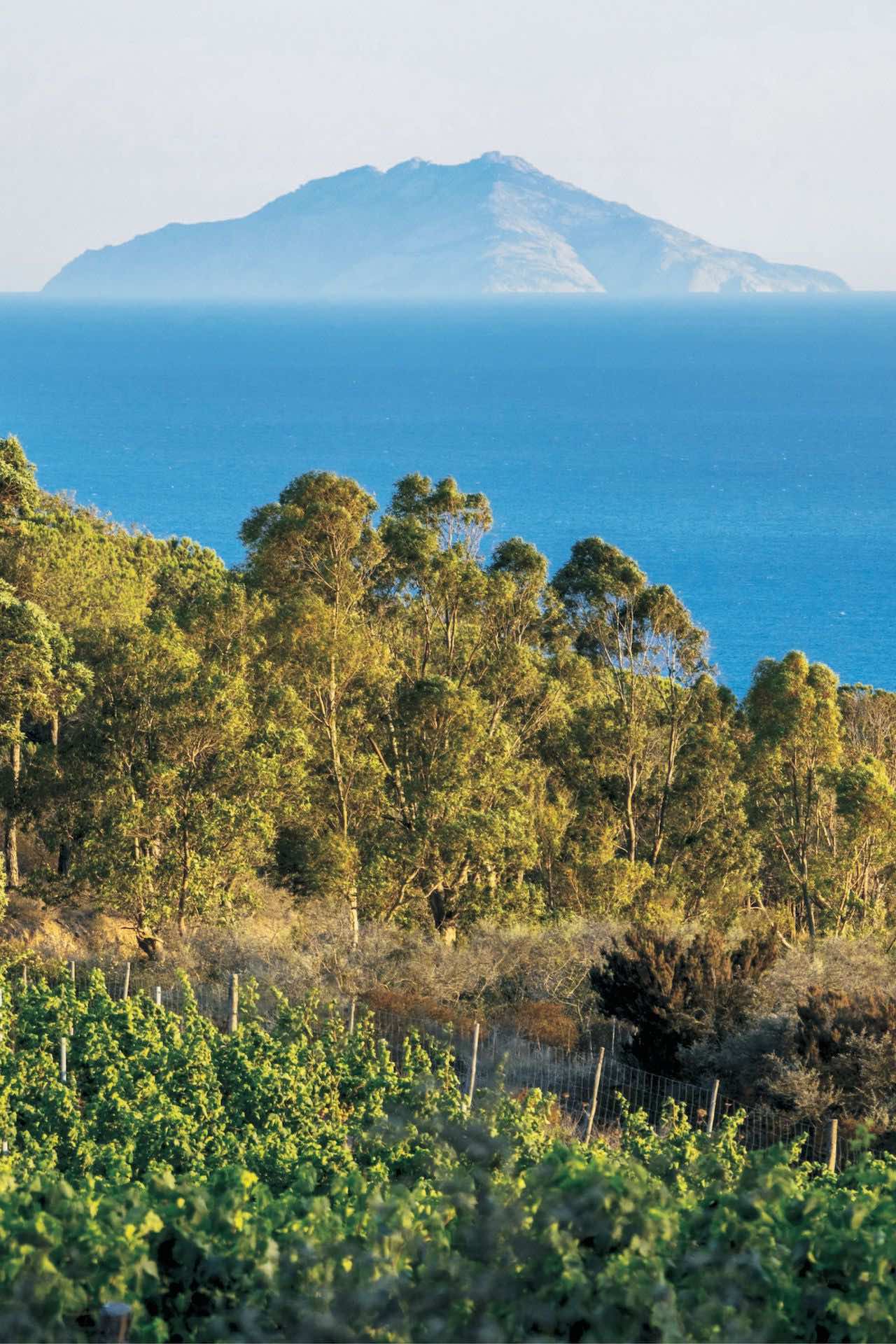
Discover other locations


